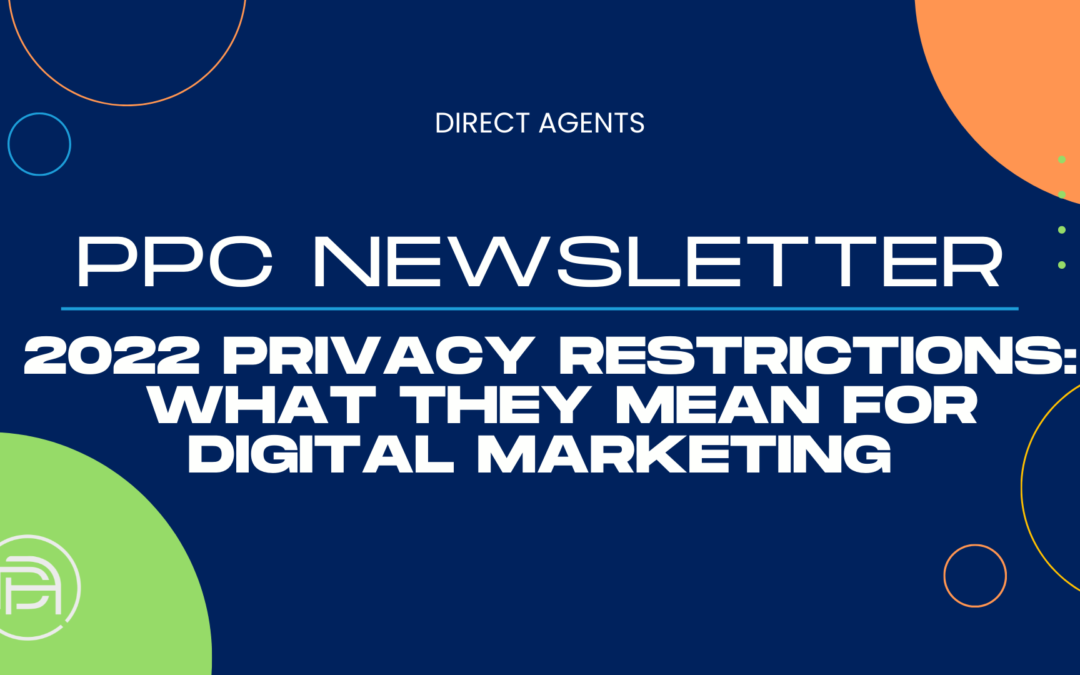On February 16th, Google announced a multi-year privacy initiative to build the Privacy Sandbox on Android. Google first launched its Privacy Sandbox for Chrome in the summer of 2020 with mixed results. The goal of the next phase in this initiative is to introduce new, private advertising solutions. However, these solutions will also limit sharing of user data with third parties. They will also operate without cross-app identifiers, including advertising IDs. Google plans to Beta launch this new initiative by the end of the year in multiple stages.
Setting Up GA4 Before Google Sunsets UA on July 1st, 2023
The first stage starting in late 2022 will signal the end of testing and the launch of the new APIs which will allow for continued advertising. During this stage publishers and advertisers will need to migrate services to a set of 5 new APIs. These APIs are Google’s solution for advertisers to receive critical aggregated conversion and attribution data. Stage 2 starting mid-2023 is when Google plans to phase out support for third-party cookies for Chrome completing at the end of 2023. With Chrome holding 66% of the browser market share, it’s critical marketers prepare for impact.
When Apple released privacy-restricting initiatives in 2021, it adversely affected big tech companies such as Meta, Snapchat, and Tik Tok, thereby causing a huge loss in advertising sales within paid social. Google has noted that with Privacy Sandbox, it intends to protect data without forfeiting monetization ability. However, advertisers still have concerns about whether Google’s internal teams will have the same or greater access to data within the Privacy Sandbox than what is available for other vendors. In the meantime, the digital marketing industry must prepare for the potential downfalls of this initiative and look for visionary solutions to lead the way.
It is vital to ensure proper marketing plans are put into place before the Privacy Sandbox is finalized. One way companies can protect themselves is by increasing investment in their own 1st party data to continue personalizing and targeting users across the digital ecosystem. Developing strategies around first-party data combined with location and contextual targeting is the way forward. Speak to a Direct Agents representative to learn more about how your company can stay competitive in the changing landscape.



